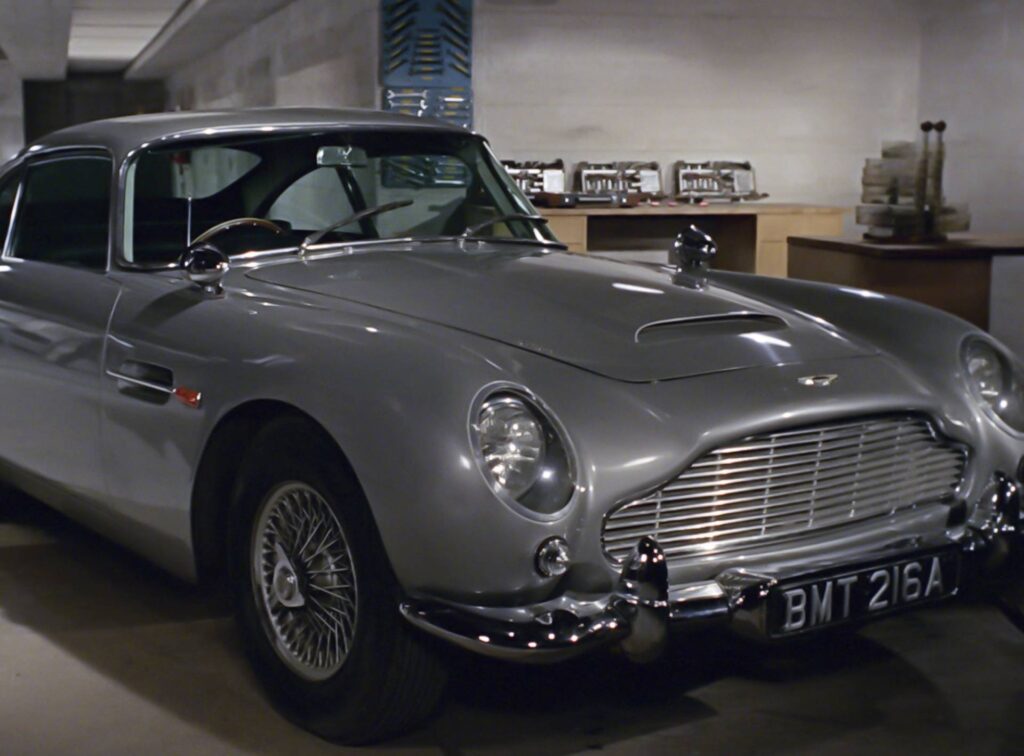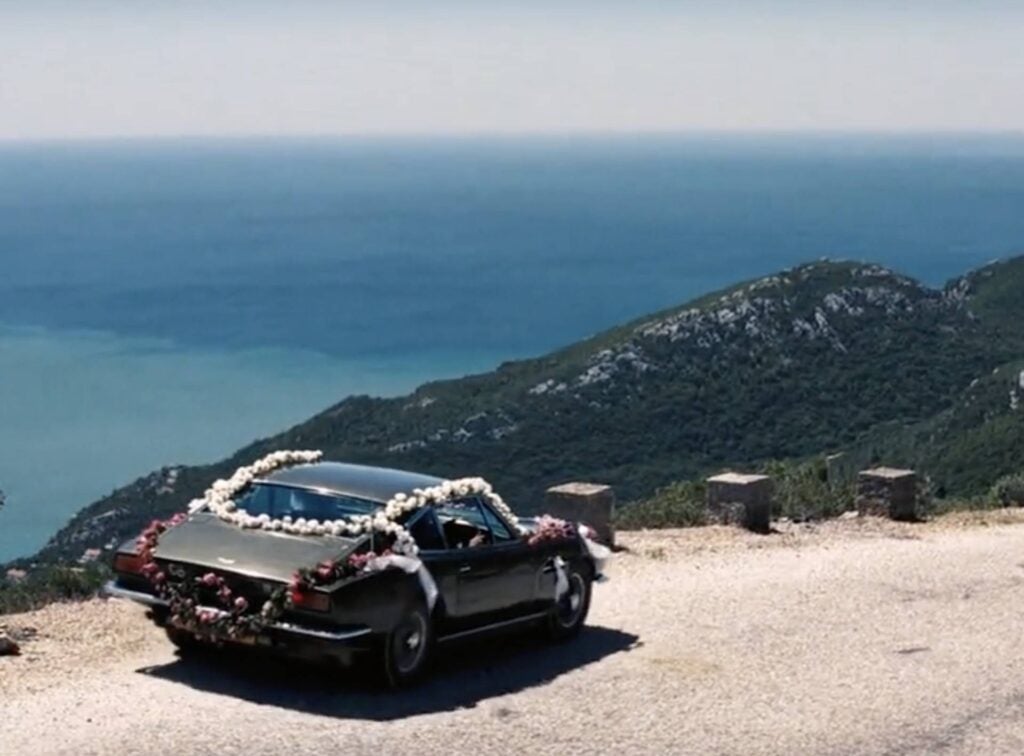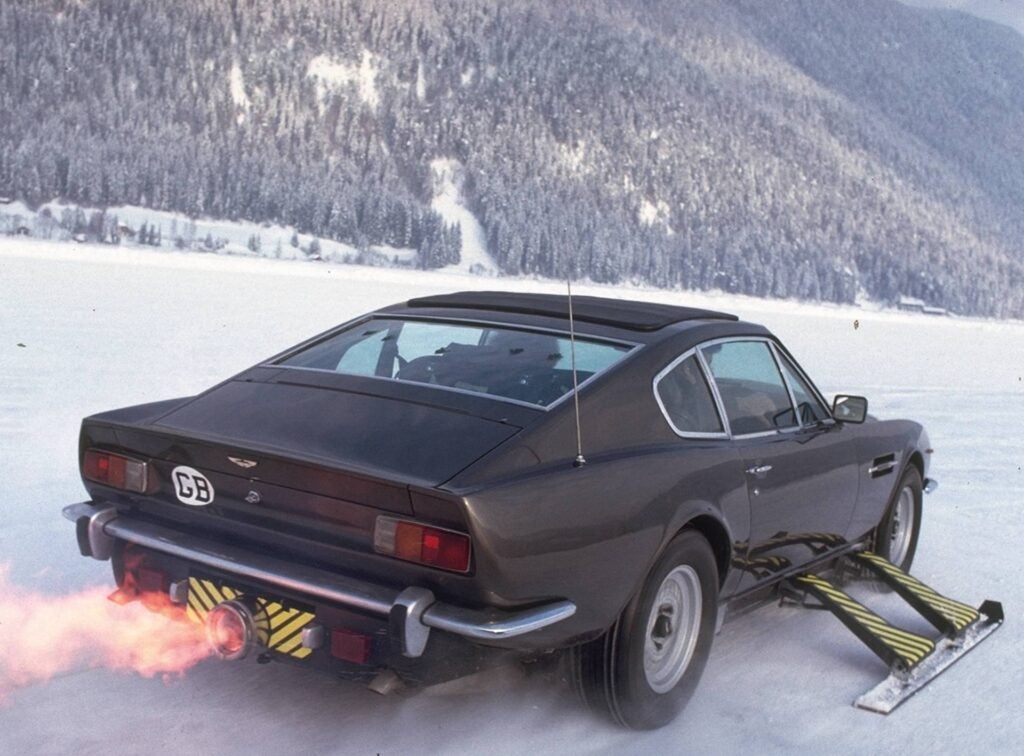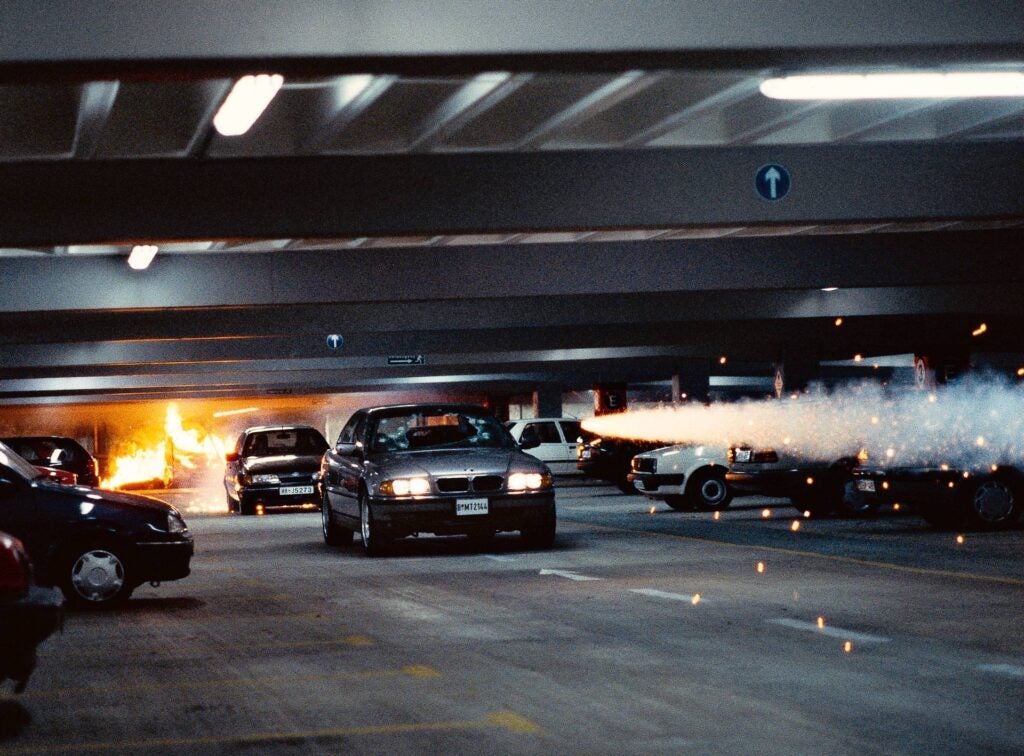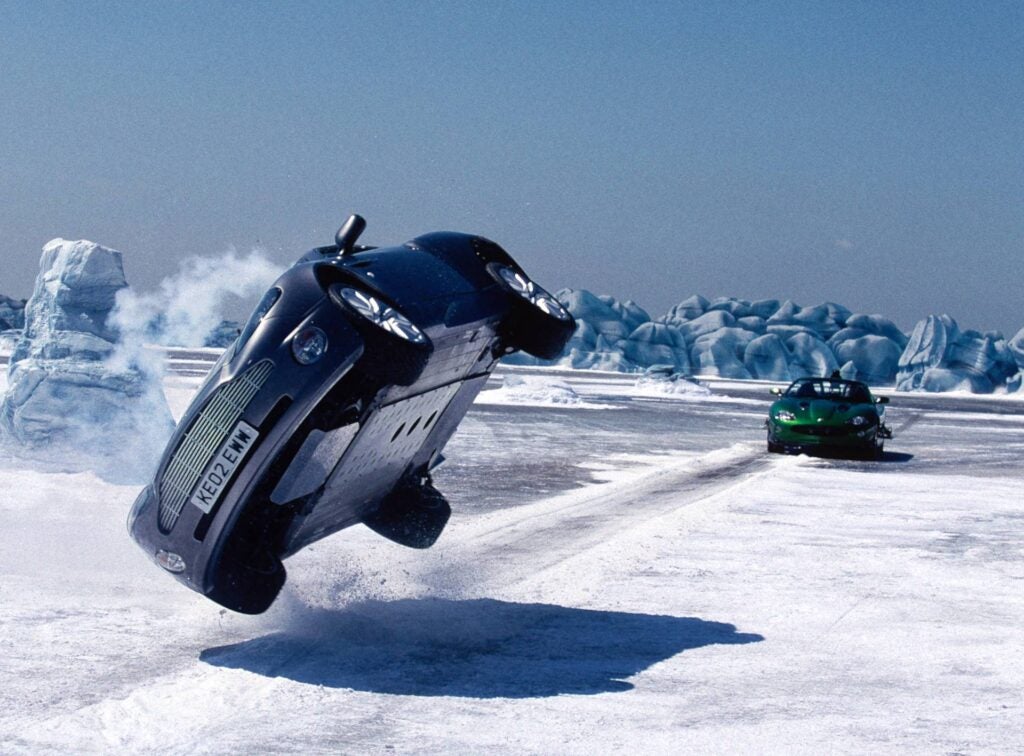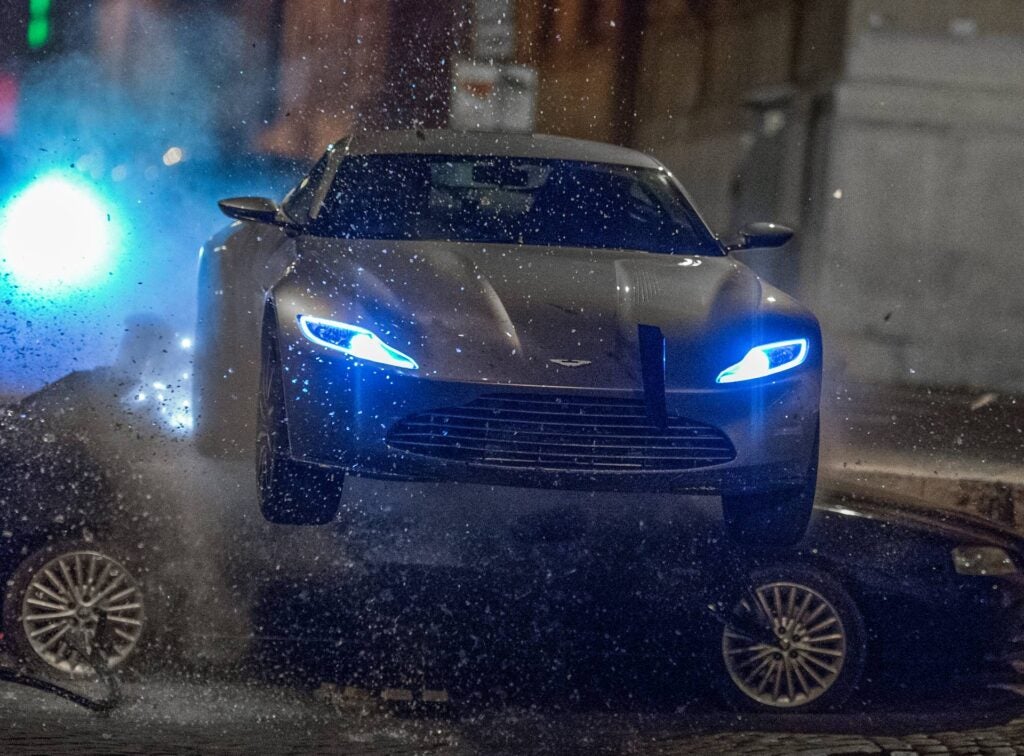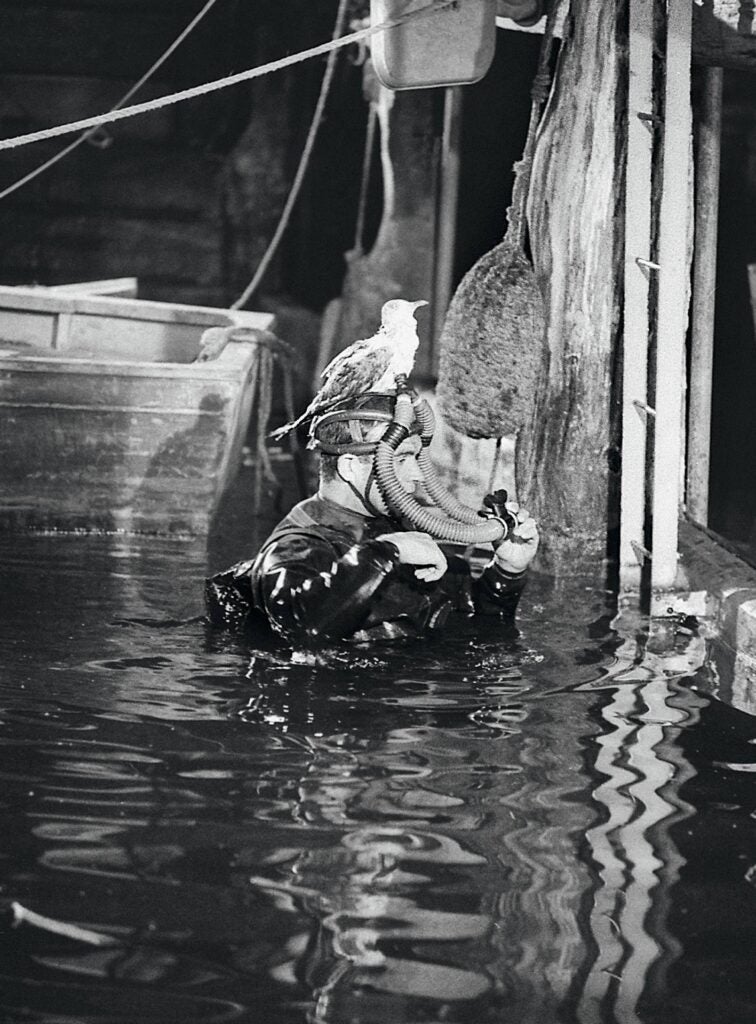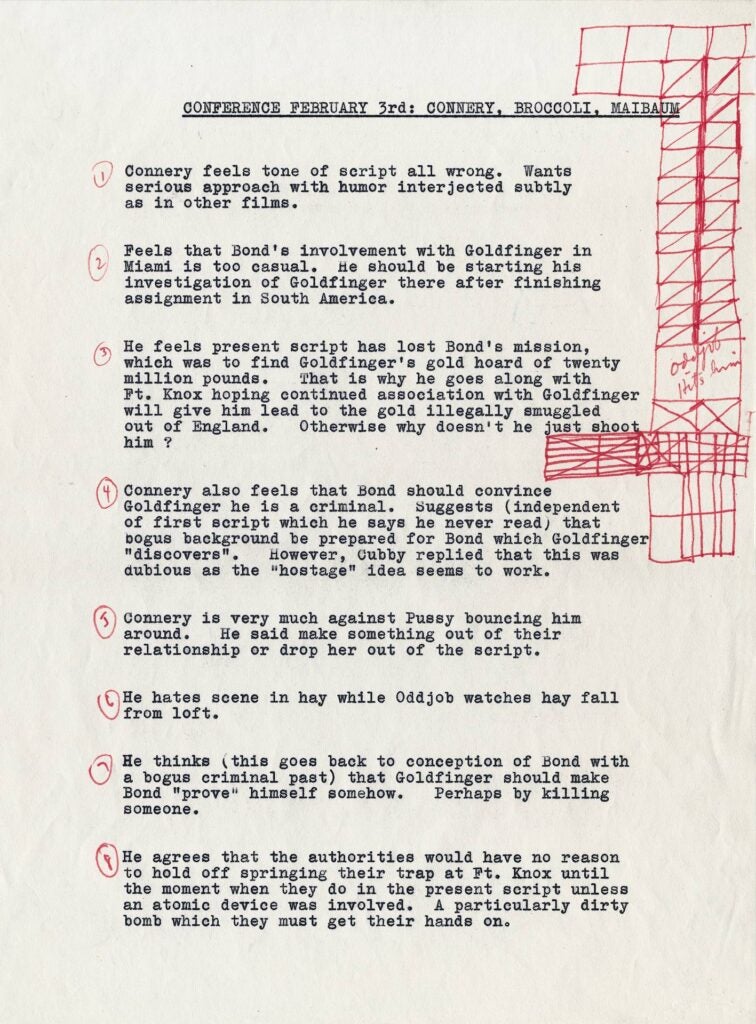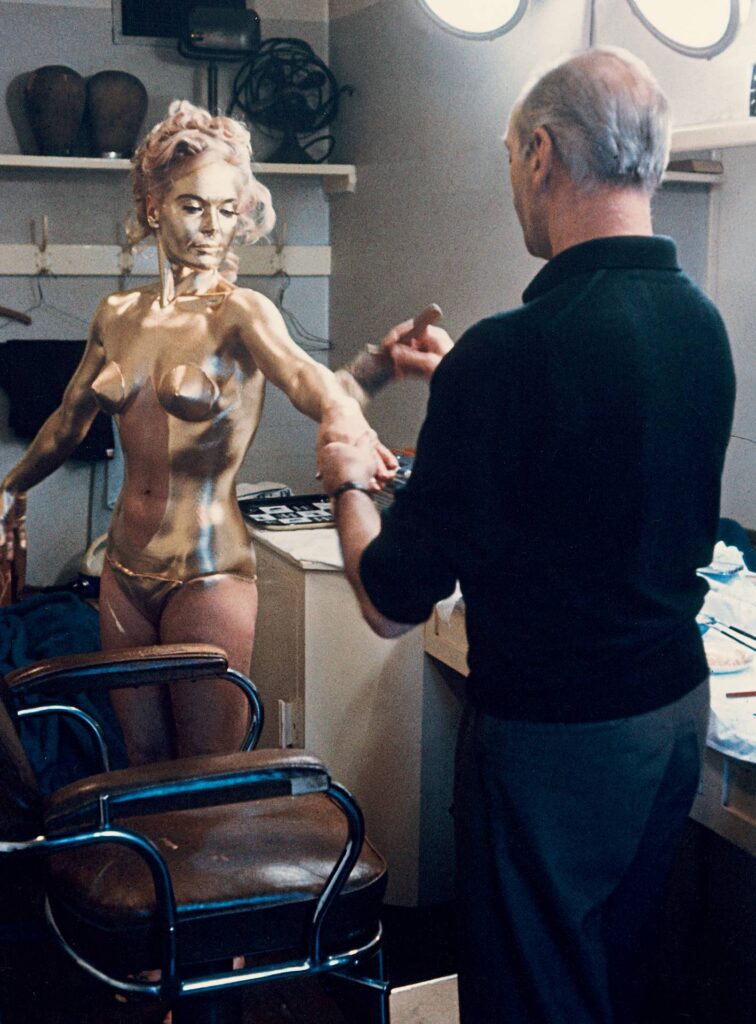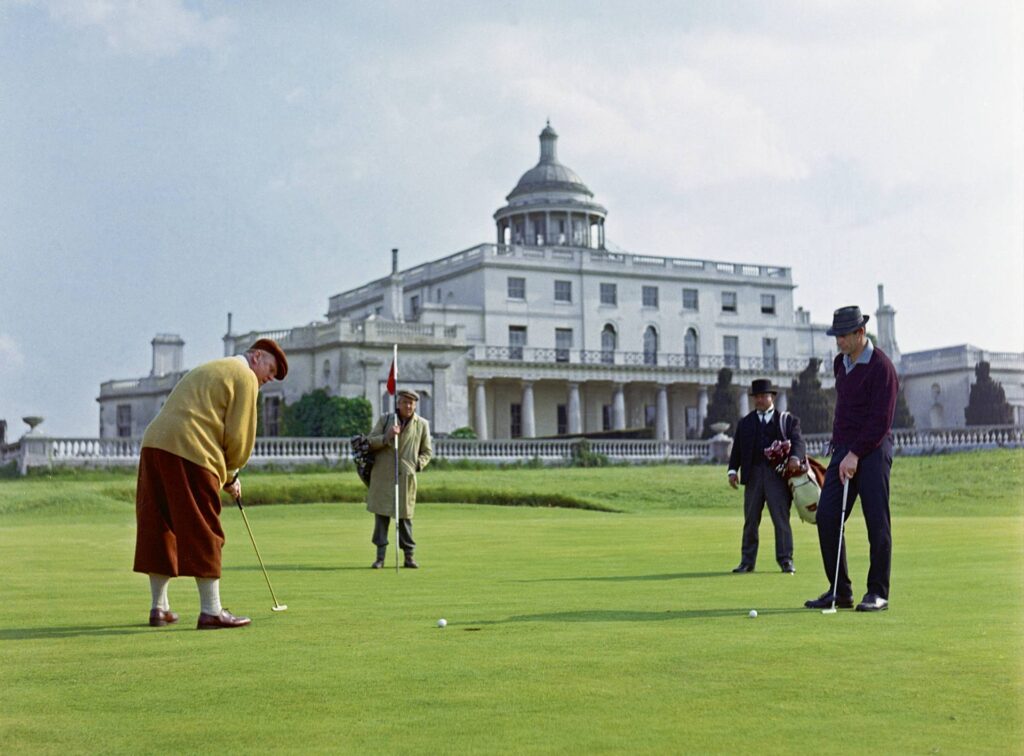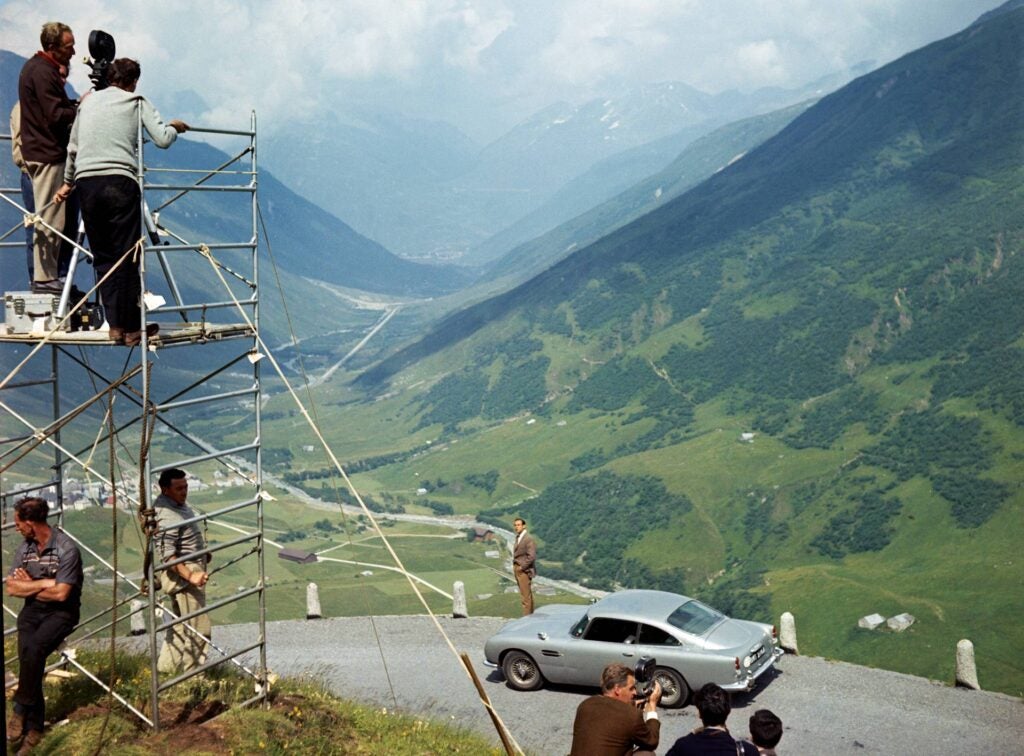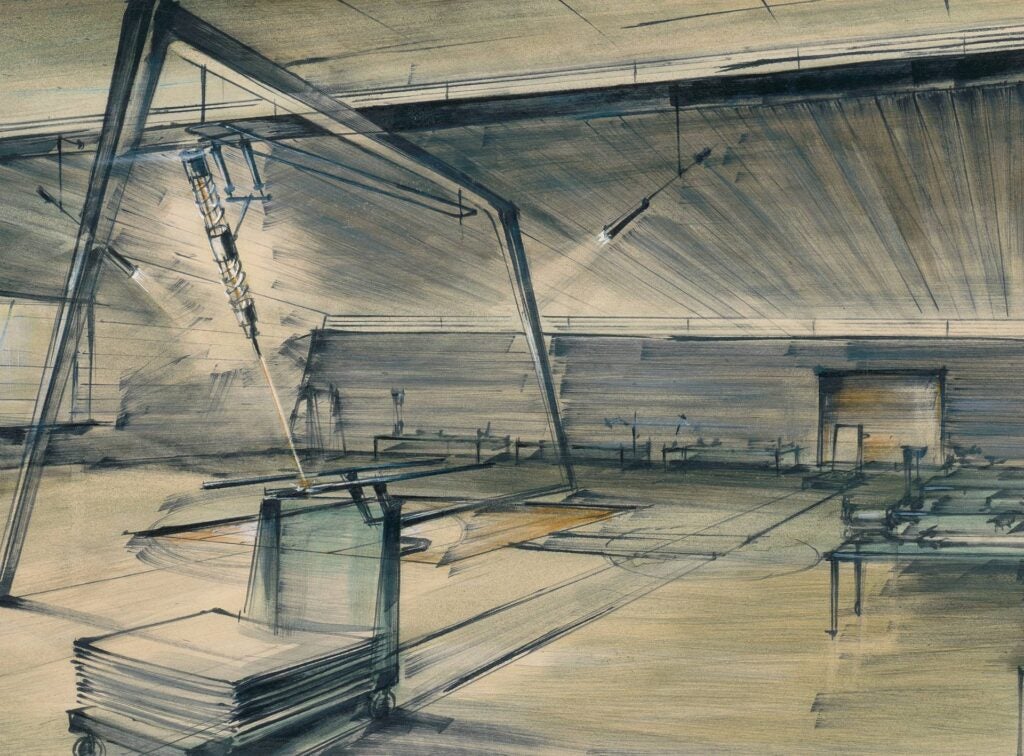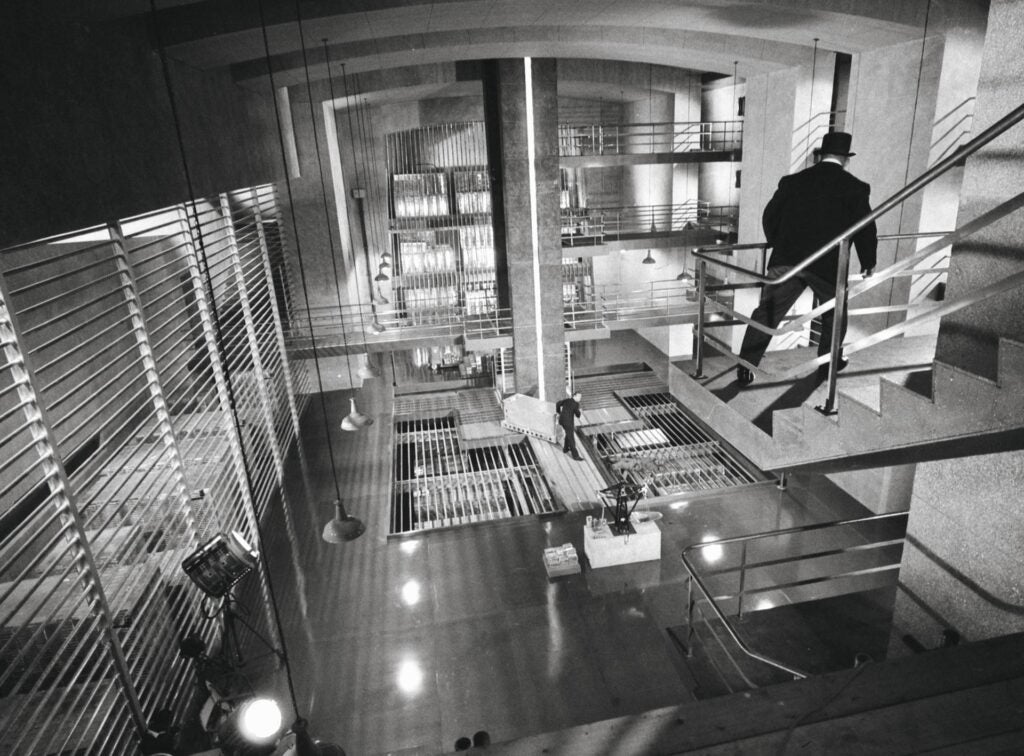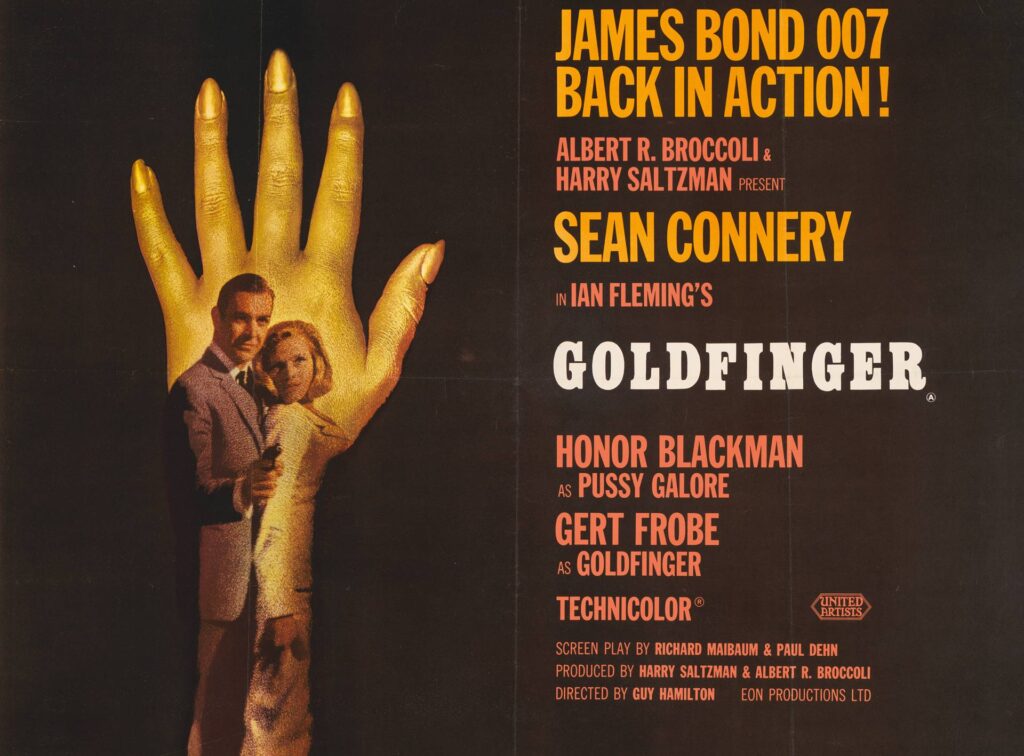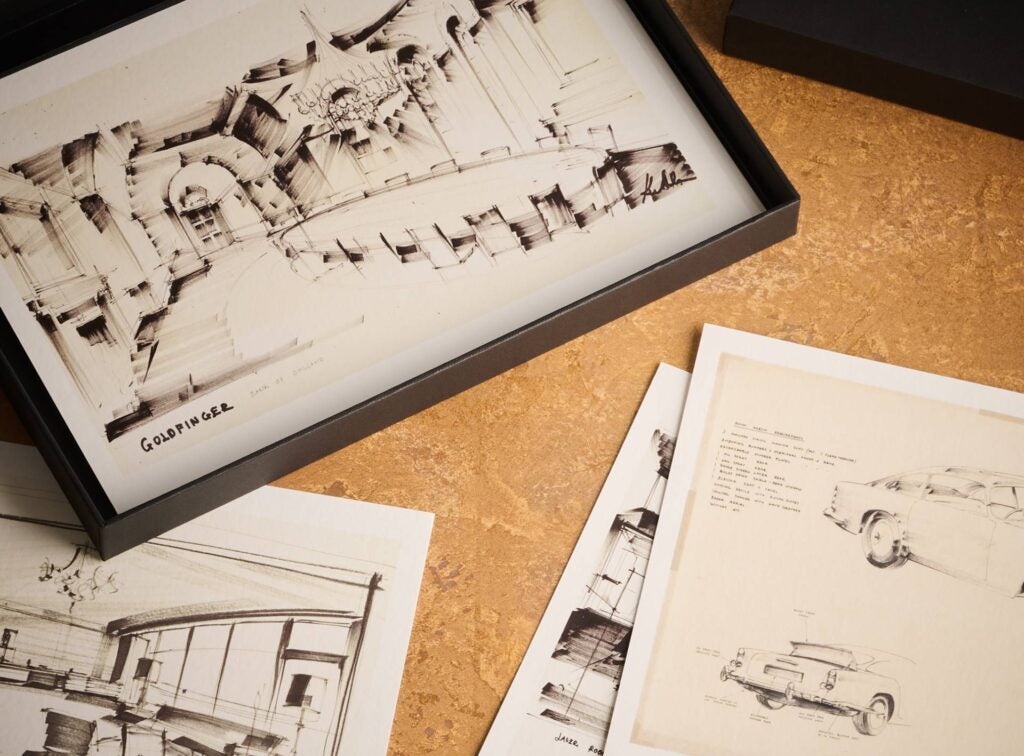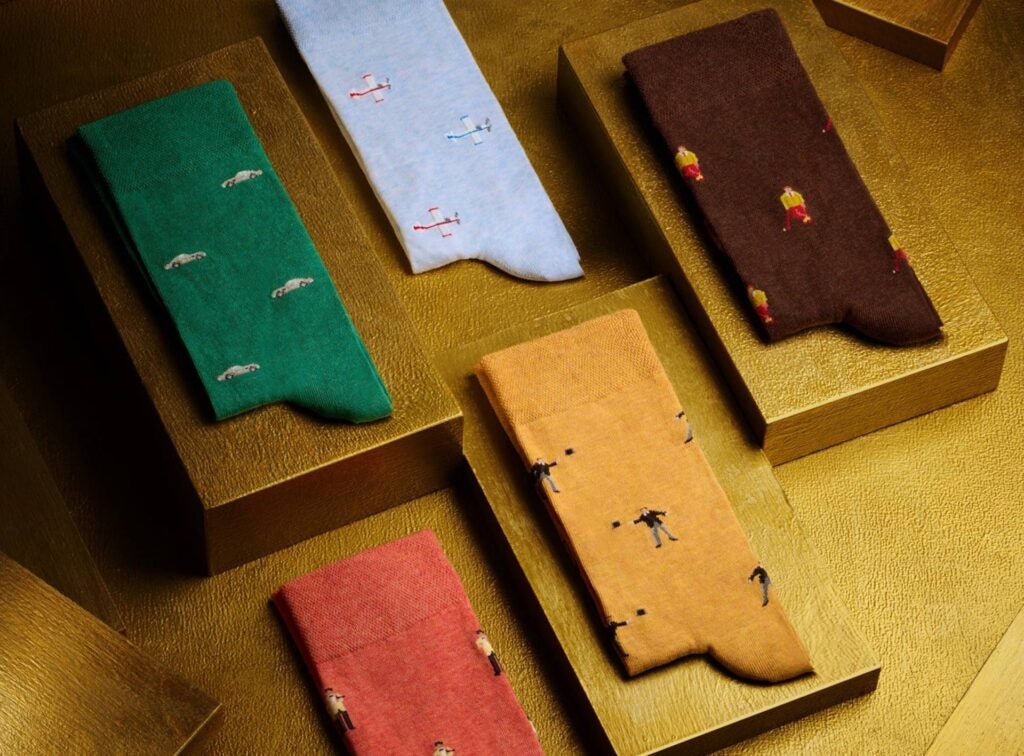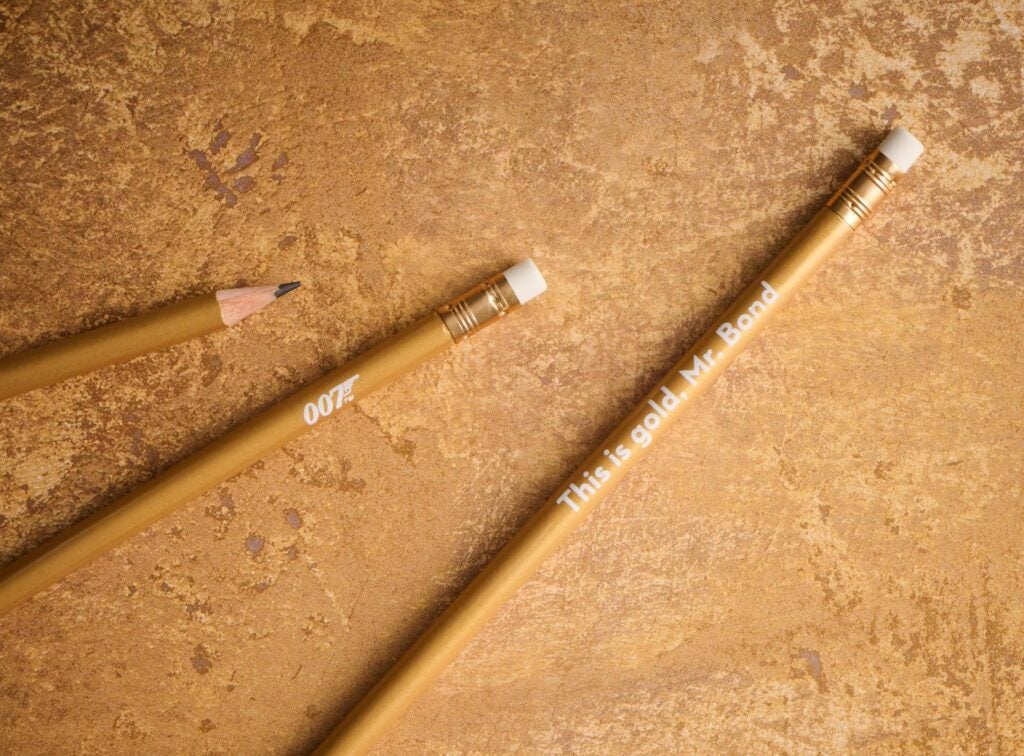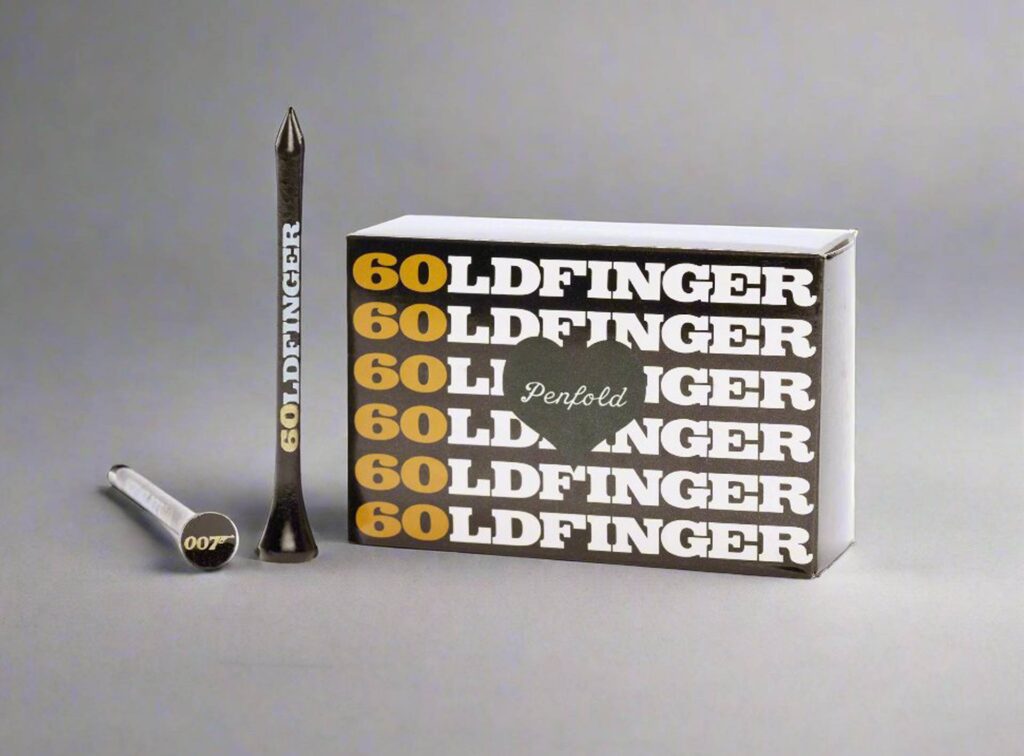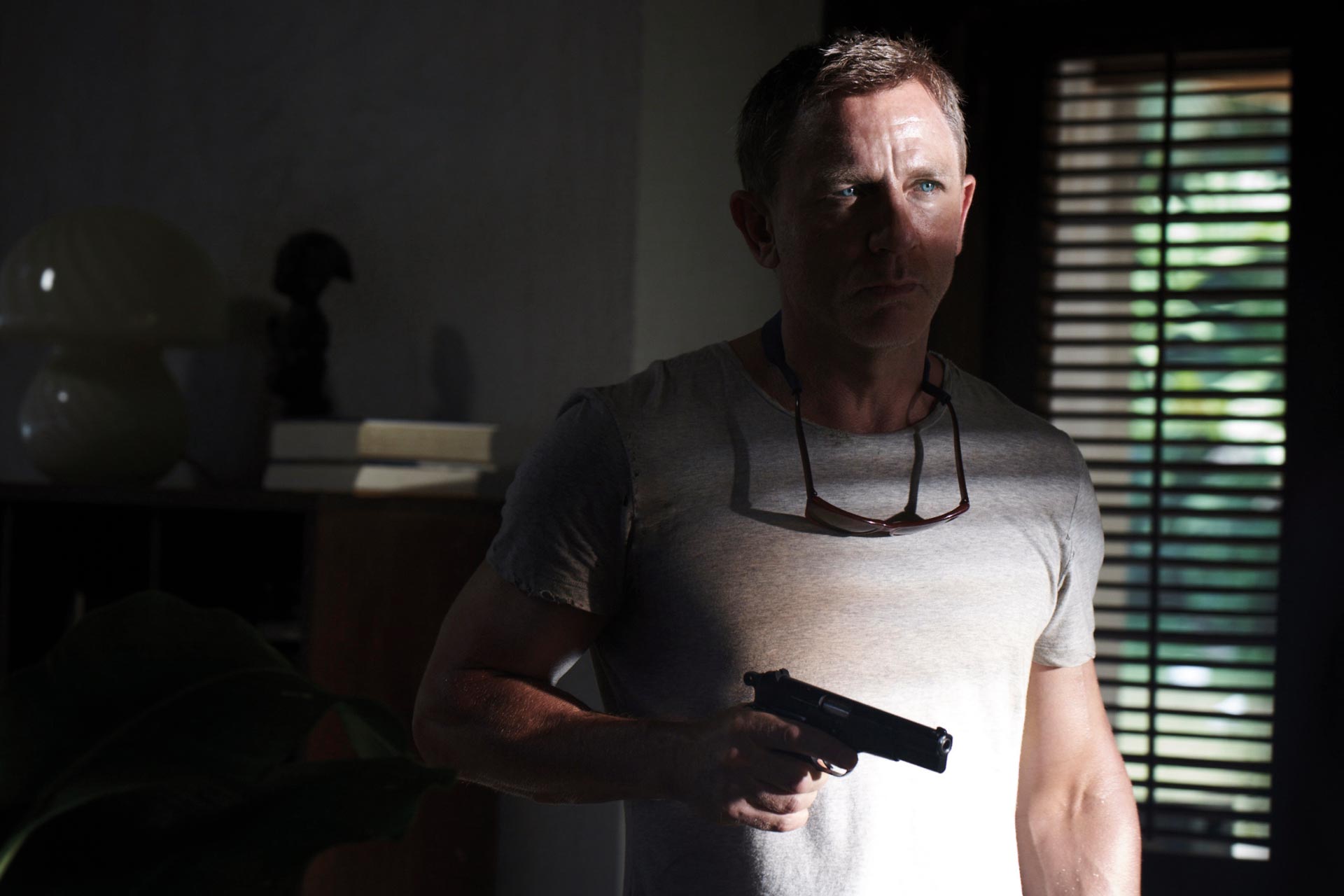The founder and leader of criminal organisation SPECTRE (Special Executive for Counterintelligence, Terrorism, Revenge, and Extortion), Ernst Stavro Blofeld has been Bond’s chief antagonist across the 007 films, played by different actors but united by the same sinister qualities: ruthlessness, piercing intelligence, a way with words and the ability to mastermind the most ambitious, devilish schemes.
Referred to only as Number One, Blofeld’s first appearance came in From Russia With Love, plotting revenge on board his luxury yacht for the death of Dr. No. Played by Anthony Dawson (the voice came courtesy of Eric Pohlmann), his face is never seen but he is glimpsed stroking a white Persian cat, soon to become a trademark of the character. Absent from Goldfinger, the character returned in Thunderball, this time hidden behind shutters and glass as he chairs a meeting of Spectre’s top executives, two of which he ruthlessly electrocutes.
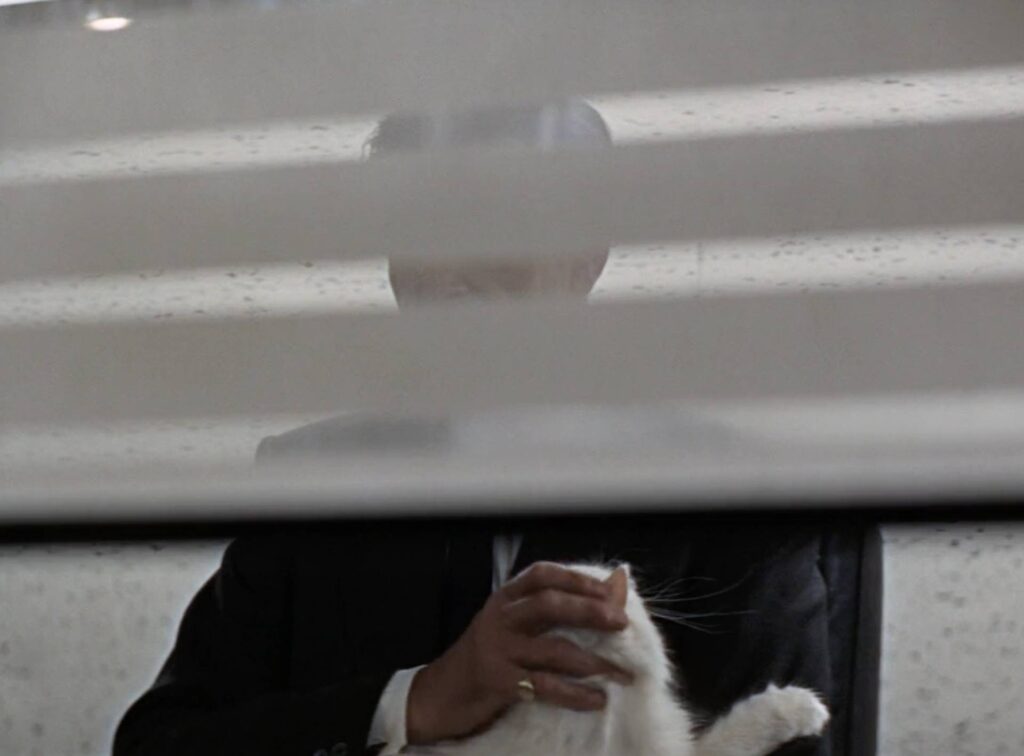
You Only Live Twice featured the character’s first fully visual appearance. At producer Harry Saltzman’s suggestion, Jan Werich, a highly regarded Czech actor, was cast but director Lewis Gilbert had reservations. The role was recast with English actor Donald Pleasence.
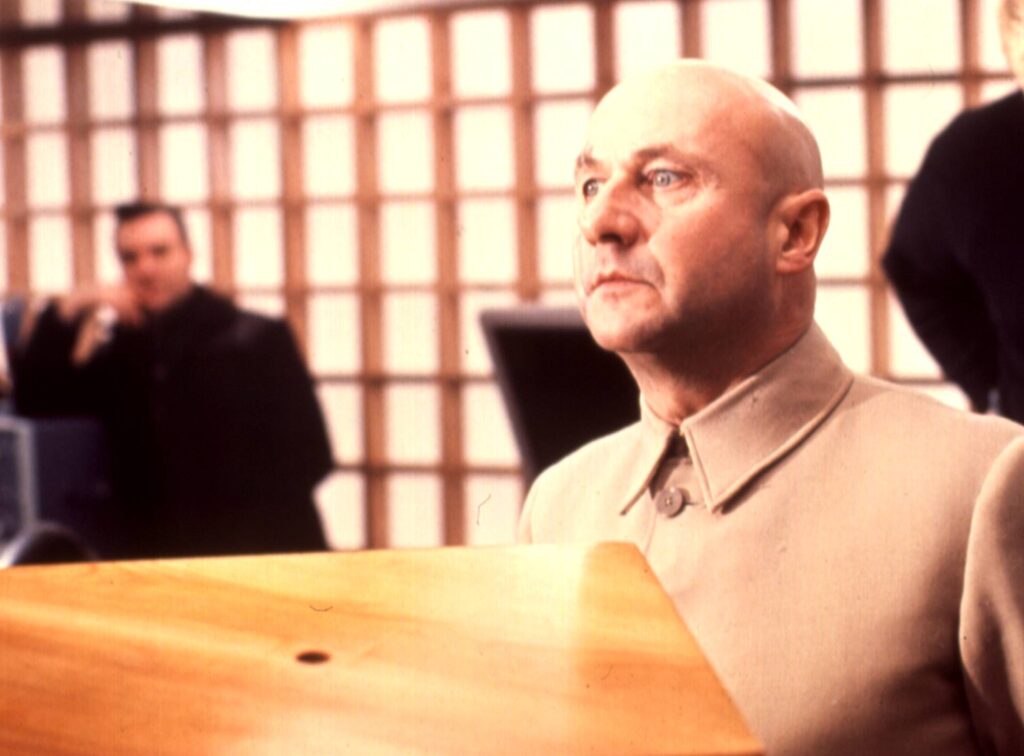
When Blofeld returned in On Her Majesty’s Secret Service it was in the guise of actor Telly Savalas. “I found him a joy to work with,” recalled director Peter Hunt.
Blofeld’s plan is to contaminate and sterilise the world’s food supply using biological warfare, carried by his brainwashed Angels Of Death from his snowy hideaway in Piz Gloria. When Bond (George Lazenby) thwarts Blofeld’s scheme, he takes revenge by instructing Irma Bunt (Ilse Steppat) to assassinate Bond’s new wife Tracy (Diana Rigg), leaving the secret agent bereft.
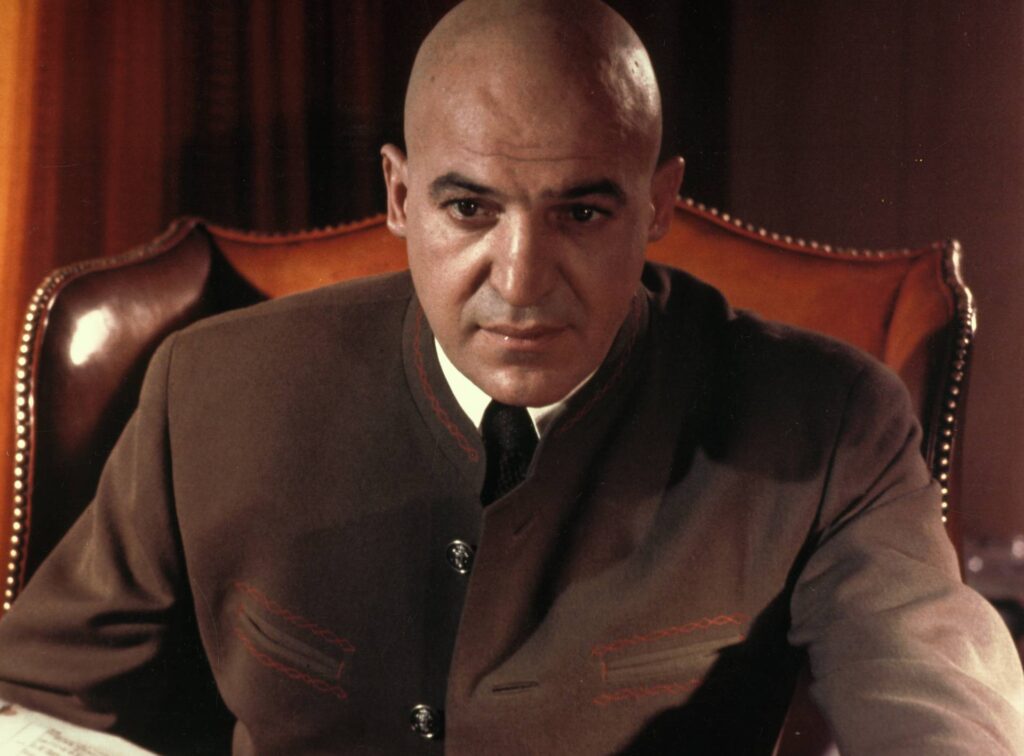
With a vengeful 007 on his trail, in Diamonds Are Forever, Blofeld creates decoys of himself, building an orbital satellite weapon encrusted with diamonds in order to blackmail the world’s government, offering nuclear supremacy to the highest bidder. This time, Blofeld was played by Charles Gray who also played British intelligence operative Dikko Henderson in You Only Live Twice.
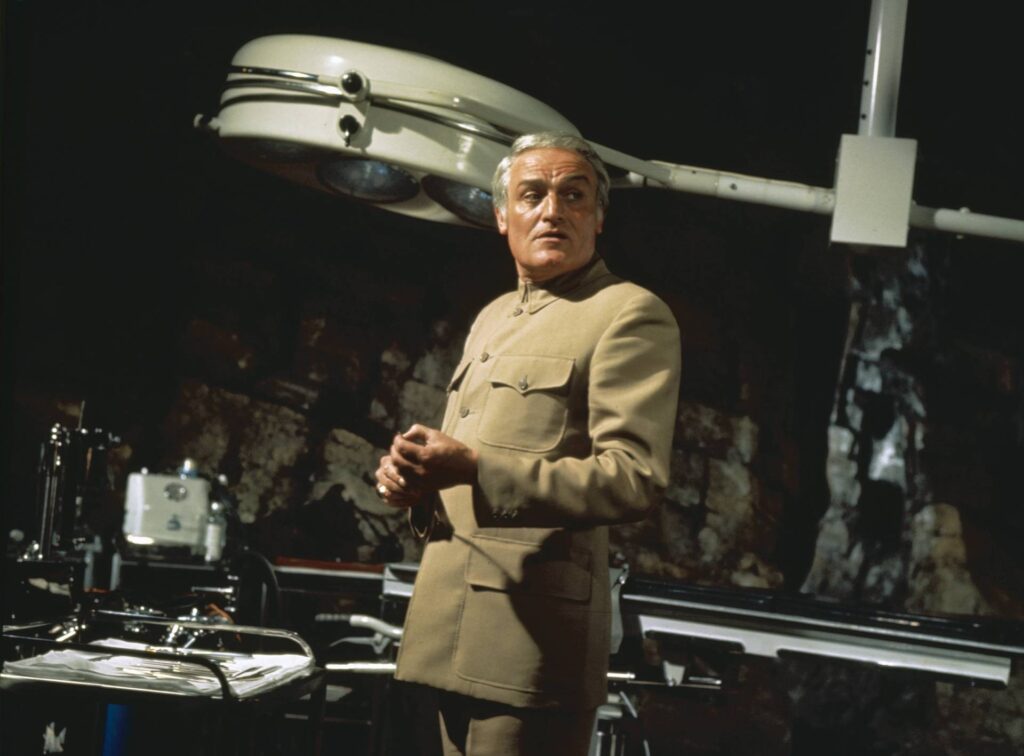
Blofeld was reintroduced in Daniel Craig’s fourth film Spectre. “That clarified everything in terms of what the story might be, how it might personally connect to Bond in some way,” said Spectre screenwriter John Logan. “The idea that Blofeld has been orchestrating all these Daniel Craig stories for a particular end was very exciting.”
Taking his cue from Fleming, Logan initially conceived Blofeld as an arms dealer operating out of Africa, tying into real life events in Congo, Uganda and Rwanda. Other ideas included using the Japanese volcano from You Only Live Twice as a call-back to Blofeld’s penchant for secret bases.
The story evolved to explore the interpersonal connection between Bond and Blofeld. In the short story Octopussy, Bond refers to a man called Oberhauser who taught him how to ski and became a “father figure”. Spectre’s story saw the orphaned Bond – referring back to events in Skyfall – sent to Austria to live with Oberhauser and his son Franz. Bond becomes the golden boy that fosters a deep-rooted hatred in Franz. Franz kills his father, fakes his own death and reinvents himself as Ernst Stavro Blofeld, hellbent on destroying 007 for all the anguish he inflicted on him as a child.
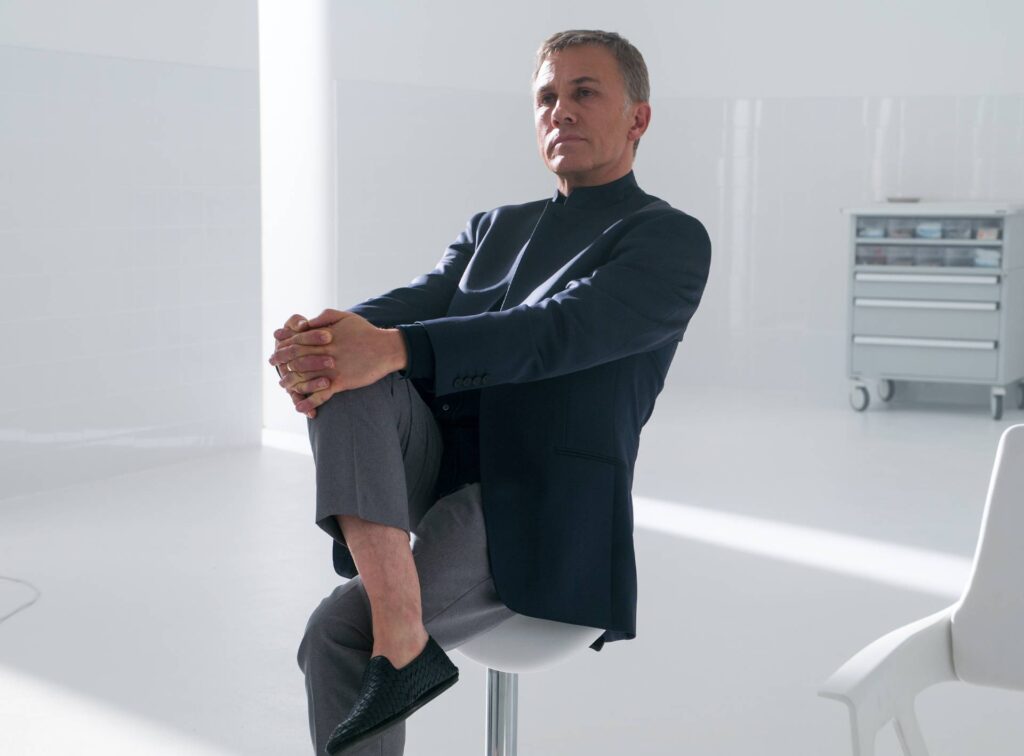
“I thought that was a really cool idea that both unlocked a section of Bond’s past but also linked him to all the various sources of his pain, as Blofeld puts it,” said director Sam Mendes, the events of Casino Royale, Quantum of Solace and Skyfall now revealed to be part of Blofeld’s masterplan.
To play Ernst Stavro Blofeld, Mendes cast Christoph Waltz, best known for playing intelligent villainous roles for Quentin Tarantino in Inglourious Basterds and Django Unchained, both of which won him Academy Awards for Best Supporting Actor.
“We were trying to find somebody who was the right age, the right look”, says Mendes. “I like very much that moment in Rome when Bond first sees him from behind and feels like he recognised him and Blofeld senses someone looking at him and kind of twitches. That sense of I know who this person is. That was something I was trying to construct, a figure who has known Bond for years and observed him from afar and been behind everything which, for me, is the nature of the supervillain, someone who is really pulling the strings.”
As the leader of SPECTRE, Blofeld is creating and manipulating global surveillance alliance the Nine Eyes programme as a means of accessing high level intelligence. As Bond’s foster brother, Blofeld is determined to inflict maximum agony, torturing Bond at his Saharan Crater Facility by drilling into his brain – 007 escapes via his explosive wristwatch – and then by attempting to blow him up in the ruins of the SIS building.
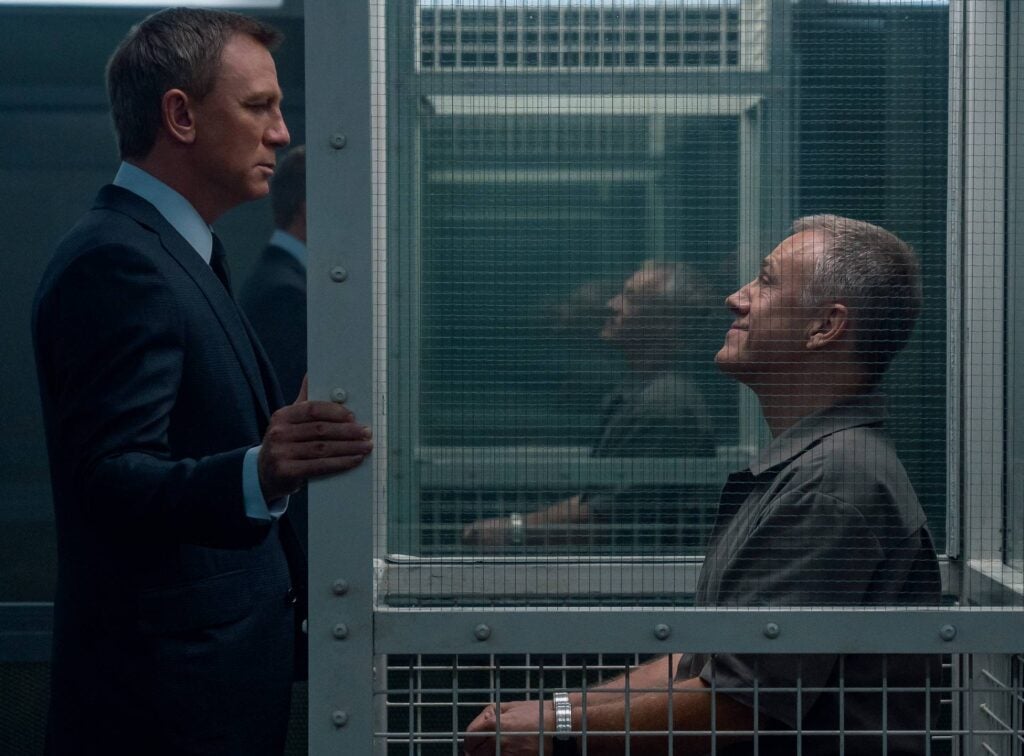
In No Time To Die, Blofeld is incarcerated in Belmarsh prison but still manages to control SPECTRE via a hi-tech ocular implant. Following the assassination of every SPECTRE operative by Safin (Rami Malek), Blofeld became the sole remaining member of the organisation and Bond is sent to interrogate him in his cell.
“We struggled with that scene,” recalled Daniel Craig. “I wanted it to get very personal very quickly and I wanted them to talk to each other like brothers. I had a rush of inspiration one night and – pretty badly – wrote an outline and gave it to Phoebe [Waller-Bridge]. I think I’ve got pretty good ideas. My writing is not good, it’s okay but on No Time To Die I could write things down, then sit with Phoebe and she improved it no end.”
The finished scene culminates with Blofeld revealing he was behind the assassination attempt at Vesper Lynd (Eva Green)’s grave, framing it as a betrayal by Bond’s partner Madeleine Swann (Léa Seydoux). An enraged Bond strangles Blofeld only to pull back but unwittingly infecting the criminal mastermind with deadly nanobots that spread a killer virus with the slightest touch.
The death of Blofeld in No Time To Die is the culmination of a seven film series that charts a thrilling game of cat and mouse between two well matched opponents. As Spectre screenwriter John Logan once said: “Like Holmes needs his Moriarty, Bond needs his Blofeld.” In becoming Bond’s arch-enemy, the enigmatic, Machiavellian nemesis has cemented his place as one of the great villains in movie history.
